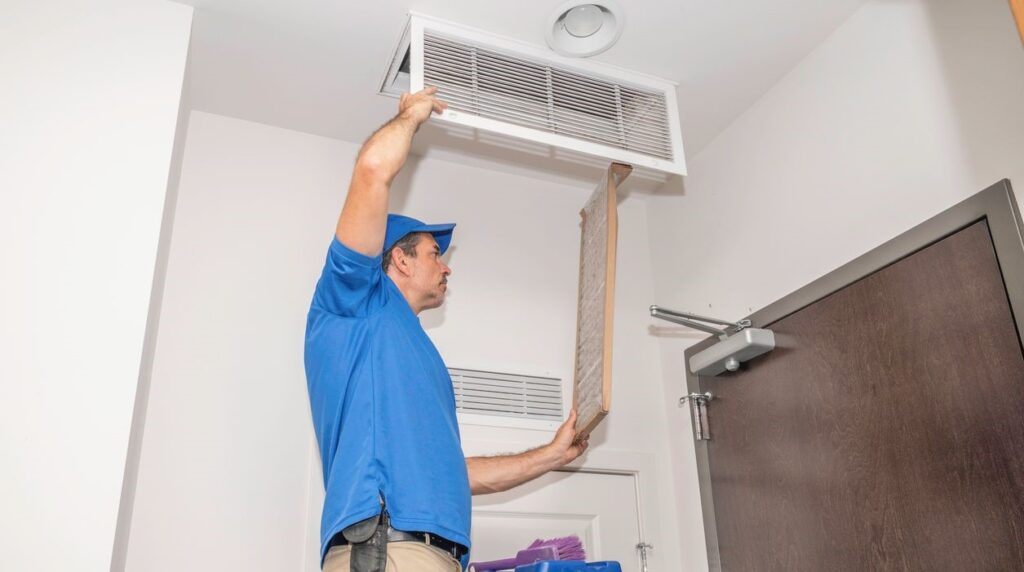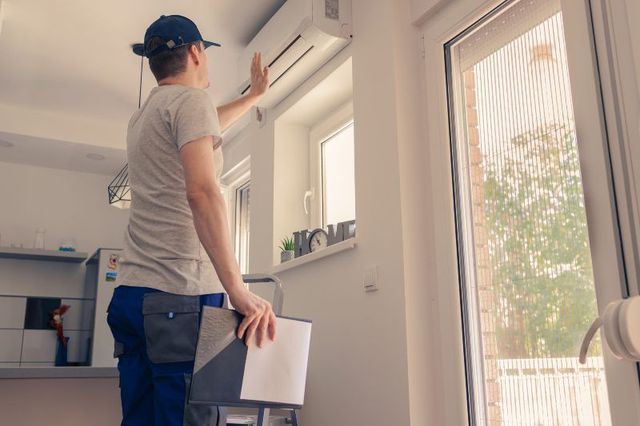The presence of mold in HVAC systems is a concern for many homeowners and business owners. Mold not only affects the efficiency of the HVAC system but also poses health risks. Therefore, understanding how to safely remove mold from your HVAC system is essential.

What Causes Mold in HVAC Systems?
Mold thrives in damp, dark environments, and unfortunately, HVAC systems can provide the perfect breeding ground. The combination of moisture from condensation and dust accumulation creates an ideal environment for mold growth.
Common Sources of Moisture
1. Condensation from cooling coils.
2. Leaks in the HVAC system.
3. High humidity levels.
Dangers of Mold in HVAC Systems
Mold in HVAC systems can lead to various health issues, including respiratory problems and allergic reactions. When the system is running, mold spores can be dispersed throughout the property, affecting air quality and potentially causing illness.
Health Risks Associated with Mold
1. Respiratory issues such as asthma and bronchitis.
2. Allergic reactions, including sneezing and skin irritation.
3. Long-term exposure can lead to chronic health conditions.
Identifying Mold in Your HVAC System
Detecting mold in your HVAC system early can prevent further contamination and damage. Here are some signs to watch for:
Signs of Mold Growth
1. Musty odors when the system is running.
2. Visible mold around vents and ducts.
3. Increased allergy symptoms among occupants.
Steps for Mold in HVAC System Safe Removal
Removing mold from an HVAC system requires careful handling to avoid further contamination or health risks. Here are some steps to follow:
1. Turn Off the HVAC System
Before beginning any mold removal process, ensure that the HVAC system is turned off. This prevents the spread of mold spores during cleaning.
2. Wear Protective Gear
Always wear protective clothing, including gloves, masks, and eye protection, to prevent direct contact with mold spores.
3. Clean and Disinfect
Use a mold-specific cleaner to scrub away visible mold. Follow up with a disinfectant to kill any remaining spores.
4. Replace Contaminated Components
In some cases, it may be necessary to replace heavily contaminated parts of the HVAC system, such as filters, ducts, or insulation.
Preventing Mold Growth in HVAC Systems
Preventing mold growth is more effective and less costly than removal. Here are some tips to keep your HVAC system mold-free:
Regular Maintenance
Schedule regular maintenance checks with a professional to ensure your system is functioning properly and free of mold.
Control Humidity Levels
Use dehumidifiers to maintain indoor humidity levels below 60% to discourage mold growth.
Keep the System Clean
Regularly clean and replace filters to prevent dust accumulation, which can contribute to mold growth.
Professional Help for Mold in HVAC System Safe Removal
While DIY methods can be effective, severe mold infestations require professional intervention. Professionals have the tools and expertise to safely remove mold and prevent future occurrences.
Benefits of Hiring Professionals
1. Comprehensive cleaning and inspection.
2. Proper disposal of contaminated materials.
3. Advice on mold prevention strategies.
Conclusion
Ensuring the safe removal of mold in HVAC systems is crucial for maintaining a healthy indoor environment. By understanding the causes, dangers, and removal methods, homeowners and business owners can protect their properties and their health.

FAQs
1. Can I remove mold from my HVAC system myself?
Yes, small mold infestations can be addressed with DIY methods, but severe cases should be handled by professionals.
2. How often should I clean my HVAC system to prevent mold?
Regular maintenance should be performed at least once a year, or more often in high-humidity areas.
3. Are there any products specifically designed for mold removal in HVAC systems?
Yes, there are several commercial products available that are designed for cleaning and disinfecting HVAC systems.
For more tips on preventing mold and odors in ducts, visit Odor Prevention, Smelly Vents Solutions, and Musty Duct Signs. For more information on air conditioner maintenance, check out This Old House.
This article contains affiliate links. We may earn a commission at no extra cost to you.